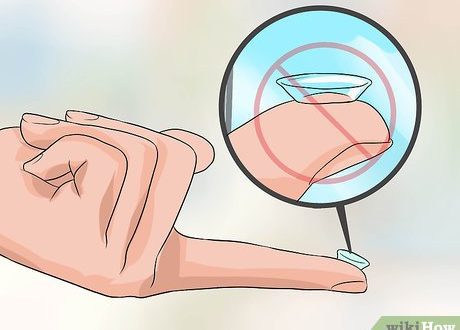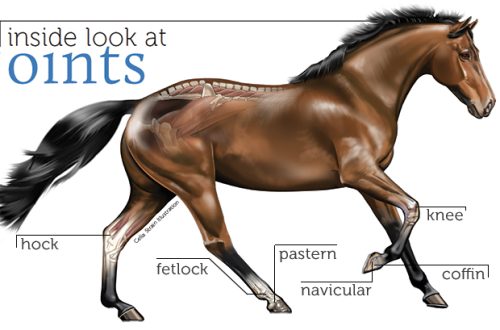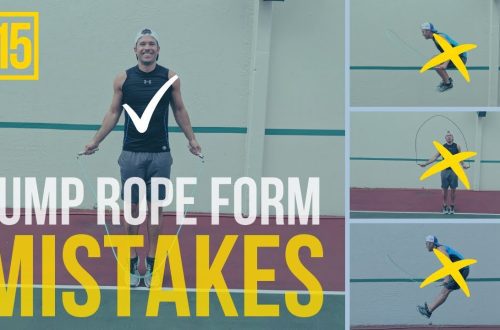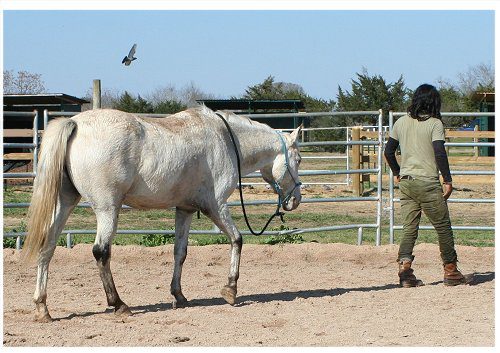
Join Up (Join Up) – let the horse catch you!
Join Up (Join Up) – let the horse catch you!
Has your horse ever run away from you when you tried to catch him in a levada? Have you ever lured her into something tasty? Does your horse try to get away from you when you lead him, try to reach the grass when you don’t want him to, and sometimes you feel like he’s not “with you” at all?
Get a horse to catch you and it will change your relationship forever. Imagine that now your horse is coming towards you instead of you trying to catch it. Great? Undoubtedly!
Include the “join up” game in your training and you will get a horse that suitable to you herself, trusts you and wants to cooperate with you.
However, after you use this tool to succeed, make sure you know what to do next – train your horse in basic responses to your signals that will expand your vocabulary with him and help you demonstrate your leadership over him.
To start liking your horse, you need to bring your relationship and partnership to the front and your personal needs to the back.
This means that you should not try to fool your horse, should not “grind” at him in order to continue to use him in the way you wanted.
If you just want to gallop, you should not put this desire of yours above the needs of your partnership. If your horse doesn’t trust you or your bond needs to be strengthened, you must do everything you can to bring that need to the fore and let your desire to ride or jump over obstacles wait. This means that you will need to practice the basics on the ground before getting into the saddle.
With the “Join Up” method, you can “attach” your horse to yourself, and he will follow you, but if you betray his trust in the saddle or in the hands, then the horse will be very difficult to restore it.
You will need a lot of time and patience. If you are going to do “Join Up” or learn something else skill, you need to make sure you set aside enough time for it so that you can finish it on a positive note. You need to make sure your horse understands what you are asking for and end on a positive note. You can’t just stop the session because you don’t have more time for the horse. If you know you only have 30 minutes, then it’s best to do something that has no time limit and can be completed at any time – that way you won’t risk ending your game early. Once you take your partnership to the next level and start to understand each other, you might have 30 minutes to play Join Up and some other games. But first you need to make sure that you have enough time – at least an hour.
“Join Up” is the process by which the horse wants to “catch” you, saving you the trouble of catching it yourself. If the horse wants to spend time with you, then you will be in a much better position than if you had to chase him and catch in levada. Remember that we want partnership, which means that our horse also makes some decisions – we give him a choice, and he makes it in our favor.
We give our horse the choice to be with us or not. We can influence him by making it comfortable for her to be near us and not comfortable without us. This will help the horse choose what we want (to be with us).
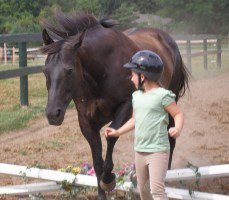
We do this using “Join Up”.
To play, you will need a fenced plot of land with a diameter of about 18 meters. The space should not be too small so that the horse does not feel trapped and wants to jump over the fence, but not too large so that he does not go far from you. You can even build a small levada inside the arena or levada using obstacles, lining them up in a circle or square and raising them to a sufficient height.
To start playing “Join Up” you need to bring the horse to your “pens”. If it’s easy to catch, you just catch it and bring it there. If the horse is not caught or cannot be led on the lead, you can try different options:
1. Give the normal feed in this pen to all horses. When the horses have finished eating, let everyone out and leave the one you need.
2. Try, if possible, to bring into this pen a horse that is friends with the one you are interested in (or maybe even the whole herd, if it is not large). Your horse will most likely follow him/them and then you can let the rest of the horses out and leave him inside.
3. Build a passage/corridor that leads into a small pen and when the horse enters to explore the novelty, pressurize him to go forward and go inside the pen. Be careful, do not drive the horse, do not frighten it, do not show aggression, try to act so that it goes forward by itself, just guide it. Don’t rush the horse.
Once your horse is finally in the small pen/round barrel, follow these simple steps:
1.follow the horse. Follow her footsteps behind her – try not to get into the hoof zone (stay 1,5-3m behind). Do not walk away from the horse, your goal is to follow it clearly, looking to the tail. The horse won’t like being chased and it will make him look at you.
2.Reward for the look (two eyes). As soon as the horse looks at you with both eyes (the horse turns its muzzle towards you or turns around completely), move away from it for a few steps. This rewards the horse for looking at you – you took the pressure off and stopped following him, stepped back. After you have taken a couple of steps back, stop and turn away from the horse (your belly button is pointing to the side, not at him). Your belly button puts a lot of pressure on the horse when you turn and it’s pointing the other way, this helps take away that feeling that prey has when a predator is looking at it (not a good feeling if you’re a horse!). This will make you more attractive to the horse.
3.Watch your horse and react accordingly. Watch your horse. If your horse looks away from you, starts eating grass, etc., then start following him again. If the horse starts walking towards you, take a couple of steps back. Timeliness is what matters! As soon as the horse looks at you with both eyes, you need to stop chasing, step back and turn the navel away from the horse. This will let the horse know that he has received reward and comfort for looking at you. If the horse has looked away, turned its muzzle and is no longer looking at you, immediately begin to follow him with pressure. Try to be on time, if precious seconds pass and the horse has time to pick up a couple of blades of grass from the ground, he will think that you are rewarding him for ignoring you. You may need to start stomping on the ground or twirl the end of the lead to get your horse’s attention/stop eating grass.
The idea is to encourage the horse to move forward (preferably at a trot or canter, but don’t try to chase him to get him going faster), which is hard work, but when the horse starts looking at you with two eyes, he has the opportunity to stand and don’t work.
You are NOT forcing or bribing a horse to choose the “be with you” option – a horse can choose the “not be with you” option and run forward all day. But when she looks at you, she is rewarded and can stand. This helps us encourage the horse to make the choice we want.
“Join Up” becomes a dance – your horse looks at you, you step back, the horse looks to the side, you start to follow him, the horse looks at you, you step back again … this goes on and on for several minutes and sometimes up to an hour . In the end, the horse will decide that it is easier for him to be with you than not to be.
When your horse approaches you, DO NOT approach or touch him. Let the horse come closer to you (you can even take a few more steps back to reward him even more. Then:
1. Invite the horse to touch your hand (simply raise it towards the horse, but don’t try to touch it).
2. If the horse touches your hand, take your hand back – do not touch the horse, do not scratch it in the face. Remember that the right thing, from the horse’s point of view, should be comfortable… and you are “rewarding” the horse for coming up to you, trying to scratch his sensitive face. Take your hand away and just stand still – that’s the best reward. If the horse doesn’t touch your hand, try stepping back again and wait for the horse to come up again. Patience. She will eventually try to touch you, then immediately remove your hand.
* When you extend your hand to the horse, keep it fairly low and palm down. If your hand is raised too high and your palm is open up, the horse may decide that you want to hit or grab him.
After the horse has stood next to you for a while, you can scratch him in his favorite spot, probably at the withers or along the crest (near the mane). If the horse can stand next to you for a minute or so and doesn’t move away, then try putting the halter and lead on him and continuing the work in your hands.
If the horse is particularly difficult to catch, then you can simply scratch it, and then go away and leave it alone in the pen for a while. Wait a few minutes and then repeat the steps. If the horse is still difficult to catch, then try playing “Join Up” with him, and then, as soon as the horse comes and stands with you, put a halter and lead on him and walk around the pen for a while, herd him, and then let him go again .
If the horse knows that it is pleasant and comfortable to choose you, he will look forward to your appearance.
As your confidence builds and your vocabulary improves, you will be able to expect more from your horse and challenge him more, but in the beginning everything should be short, positive and rewarding.
Once the horse learns to play “Join Up” in a small pen, try playing in a large paddock. But be careful not to scare the horse and put it to flight!
Remember, the right thing is the one that brings comfort, and the wrong one is the one that is uncomfortable. Be patient and persistent!
Sometimes it is difficult to understand when to take steps back, and when to start following the horse, maybe at first, it would be logical to ask an experienced rider for help!
Lindsey Partridge (source); translation by Valeria Smirnova.



